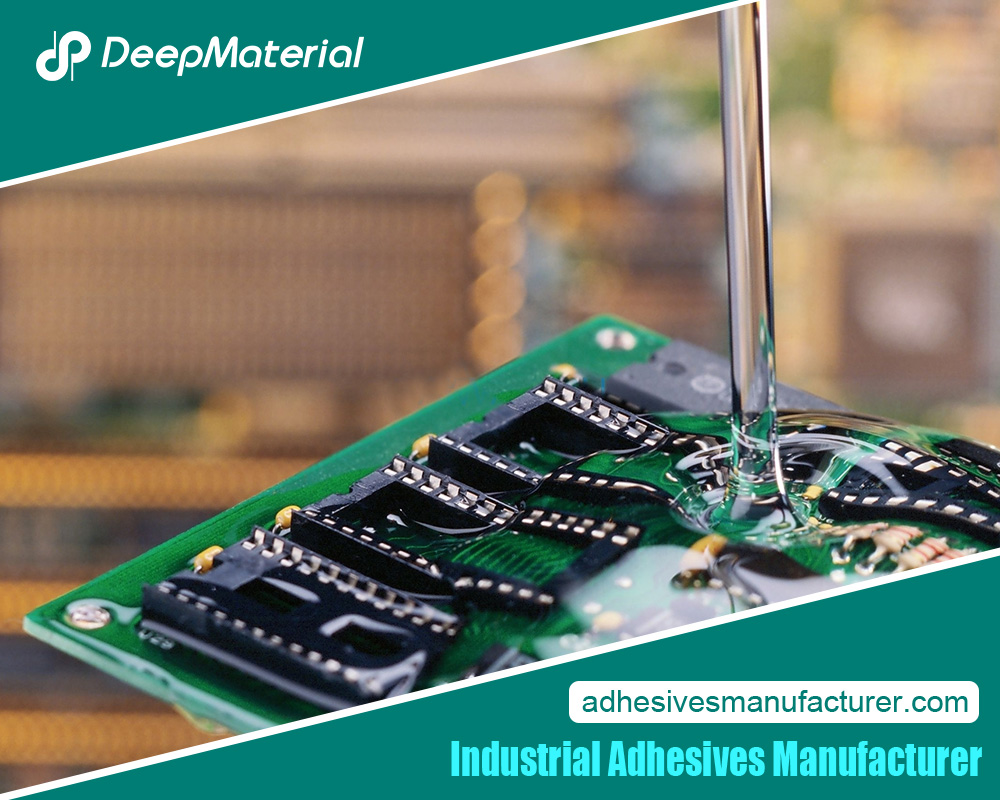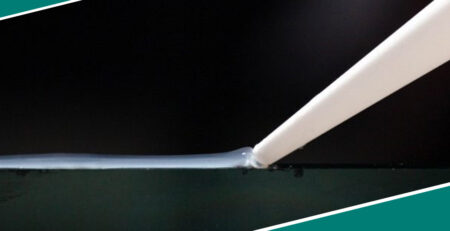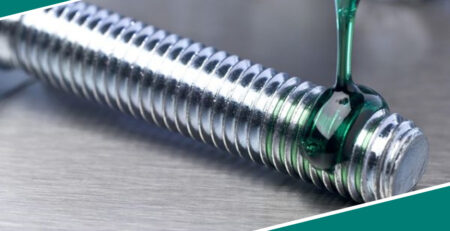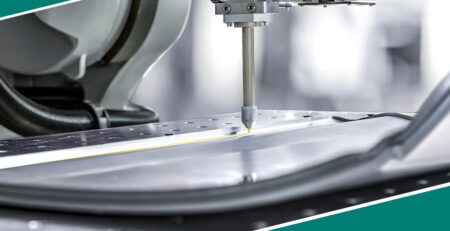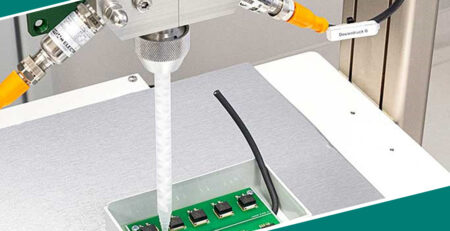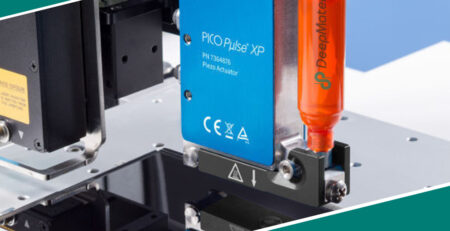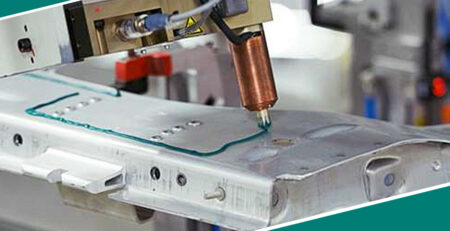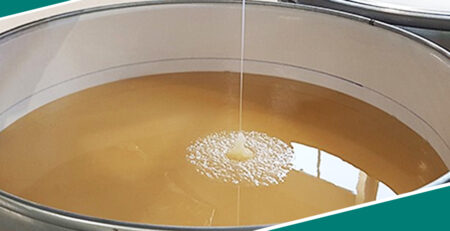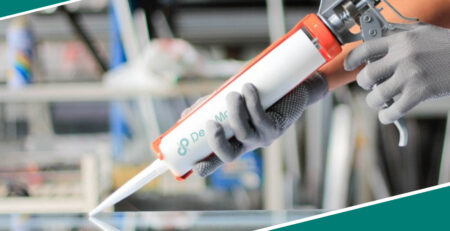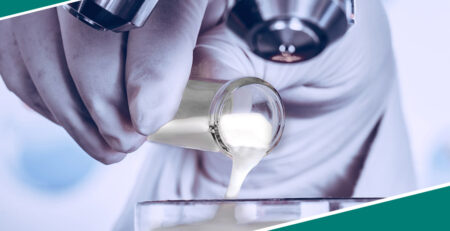The Ultimate Guide to Bonding Metal to Metal with Epoxy: Tips and Techniques
The Ultimate Guide to Bonding Metal to Metal with Epoxy: Tips and Techniques
Bonding metal to metal is a common practice in various industries, including manufacturing, construction, and automotive. Whether it’s for fabrication or repair purposes, achieving a strong and durable bond is crucial. One effective method for bonding metal to metal is by using epoxy. Epoxy is a versatile adhesive that can provide excellent bonding strength and durability when used correctly. In this article, our aim is to discuss the properties of epoxy for metal bonding, the steps to prepare the metal surface, tips for applying epoxy, and common mistakes to avoid.
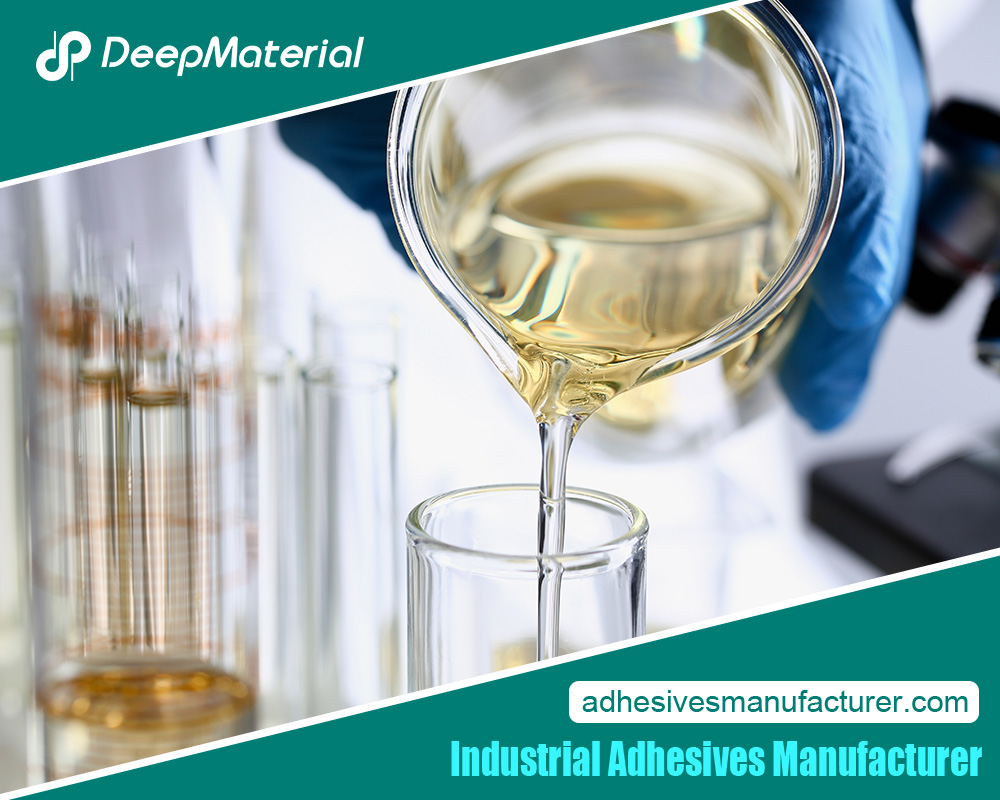
Properties of Epoxy for Metal Bonding
Epoxy is a type of adhesive that consists of two components: resin and hardener. When these two components are mixed together, a chemical reaction occurs, resulting in a strong and durable bond. Epoxy has several properties that make it suitable for bonding metal surfaces. With its exceptional tensile strength, this material is capable of enduring significant pulling forces without succumbing to breakage. Epoxy also has excellent resistance to chemicals, heat, and moisture, making it suitable for various environments.
There are different types of epoxy available, each with its own unique properties. Some epoxies are designed for general-purpose bonding, while others are specifically formulated for high-strength applications or extreme conditions. It’s important to choose the right type of epoxy for your specific needs. When selecting an epoxy for metal bonding, consider factors such as the type of metal, the intended application, and the environmental conditions it will be exposed to.
Epoxy bonds to metal surfaces through a process called adhesion. The epoxy molecules penetrate the microscopic pores and irregularities on the metal surface, creating a mechanical bond. Additionally, the chemical reaction between the epoxy and the metal surface forms chemical bonds, further enhancing the adhesion. Proper surface preparation is crucial to ensure maximum adhesion between the epoxy and the metal surface.
Preparing the Metal Surface for Epoxy Bonding
Properly preparing the metal surface is essential for achieving a strong and durable bond with epoxy. The metal surface must be clean, dry, and free from any contaminants such as oil, grease, rust, or dirt. Failure to adequately prepare the metal surface can result in poor adhesion and weak bonds.
To prepare the metal surface, start by cleaning it thoroughly. Use a degreaser or solvent to remove any oil or grease. Scrub the surface with a brush or sponge to ensure all contaminants are removed. Rinse the surface with clean water and allow it to dry completely.
Choosing the Right Epoxy for Metal Bonding
This is crucial to ensure a strong and durable bond. Consider factors such as the type of metal, the intended application, and the environmental conditions it will be exposed to.
There are different types of epoxy available, each with its own unique properties. For general-purpose bonding, a standard epoxy adhesive may be sufficient. These epoxies provide good bonding strength and are suitable for a wide range of applications.
If you require a high-strength bond, consider using a structural epoxy adhesive. These epoxies have higher tensile and shear strength, making them suitable for applications that require maximum strength and durability.
For applications that involve extreme conditions such as high temperatures or chemical exposure, choose an epoxy adhesive that is specifically formulated for those conditions. These specialty epoxies have enhanced resistance to heat, chemicals, and other environmental factors.
When selecting an epoxy adhesive, read and understand the product labels. Look for information on the recommended substrates, curing time, and any specific instructions or precautions. Following the manufacturer’s guidelines will help ensure a successful bond.
Applying Epoxy to Metal Surfaces: Techniques and Tips
Applying epoxy to metal surfaces requires careful attention to detail to achieve a strong and even bond. Here are some techniques and tips to consider:
Mix the epoxy thoroughly: Properly mix the epoxy resin and hardener according to the manufacturer’s instructions. Use a clean container and stir the mixture thoroughly to ensure a homogenous blend.
Apply the epoxy evenly: Use a brush, roller, or spatula to apply the epoxy evenly onto the metal surface. Ensure that the epoxy is spread evenly and covers the entire bonding area.
Avoid excessive application: Applying too much epoxy can result in excess adhesive squeezing out when pressure is applied. This can create a messy bond and weaken the overall strength. Apply a thin, even layer of epoxy to avoid excess.
Use clamps or weights: If necessary, use clamps or weights to hold the metal pieces together while the epoxy cures. This will help ensure a tight bond and prevent any movement during the curing process.
Remove any excess epoxy: After applying the epoxy, carefully remove any excess adhesive using a scraper or a clean cloth. This will help achieve a clean and professional-looking bond.
Curing and Drying Time for Epoxy Bonding
The curing and drying time for epoxy bonding can vary depending on several factors, including the type of epoxy, temperature, humidity, and the thickness of the adhesive layer. It’s important to follow the manufacturer’s instructions regarding curing and drying times.
Sanding and Finishing Epoxy Bonded Metal Surfaces
After the epoxy has cured and dried, you may need to sand and finish the bonded metal surfaces to achieve a smooth and polished finish. Here are some tips for sanding and finishing epoxy bonded metal surfaces:
Start with coarse sandpaper: Begin by using coarse sandpaper, such as 80 or 120 grit, to remove any excess epoxy or imperfections on the surface. Sand in a circular motion or back and forth, following the grain of the metal.
Progress to finer grits: Gradually move to finer grit sandpaper, such as 220 or 320 grit, to achieve a smoother finish. Continue sanding in a circular or back and forth motion until the desired smoothness is achieved.
Wet sanding: For an even smoother finish, wet sanding can be done using water or a lubricant. Wet sanding helps to reduce friction and prevent the sandpaper from clogging. Use a fine grit sandpaper, such as 400 or 600 grit, and sand in a circular motion.
Buffing and polishing: After sanding, you can further enhance the finish by buffing and polishing the surface. Use a polishing compound or metal polish and a soft cloth or buffing pad to achieve a shiny and polished appearance.
Clean the surface: After sanding and finishing, clean the surface thoroughly to remove any dust or debris. Use a clean cloth or sponge and a mild detergent to wipe down the surface. Rinse with clean water and allow it to dry completely.
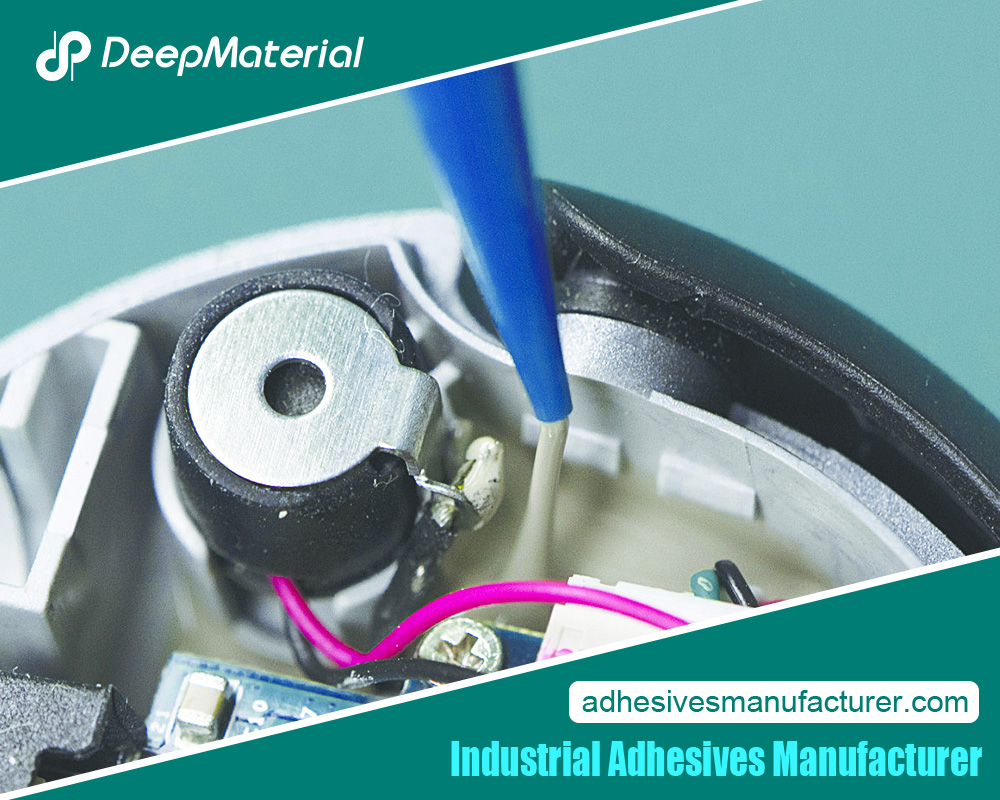
Conclusion: Achieving Strong and Durable Metal Bonds with Epoxy
Bonding metal to metal with epoxy is a reliable and effective method for achieving strong and durable bonds. By understanding the properties of epoxy, properly preparing the metal surface, choosing the right epoxy, applying it correctly, and avoiding common mistakes, you can achieve a bond that can withstand the demands of various applications.
Epoxy provides excellent bonding strength, resistance to chemicals and heat, and durability. It can be used in a wide range of industries, including automotive, construction, manufacturing, jewelry making, and plumbing.
For more about the Ultimate Guide to Bonding Metal to Metal with Epoxy, you can pay a visit to Deepmaterial at https://www.adhesivesmanufacturer.com/ for more info.

